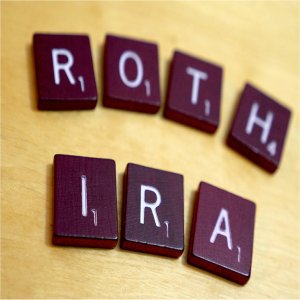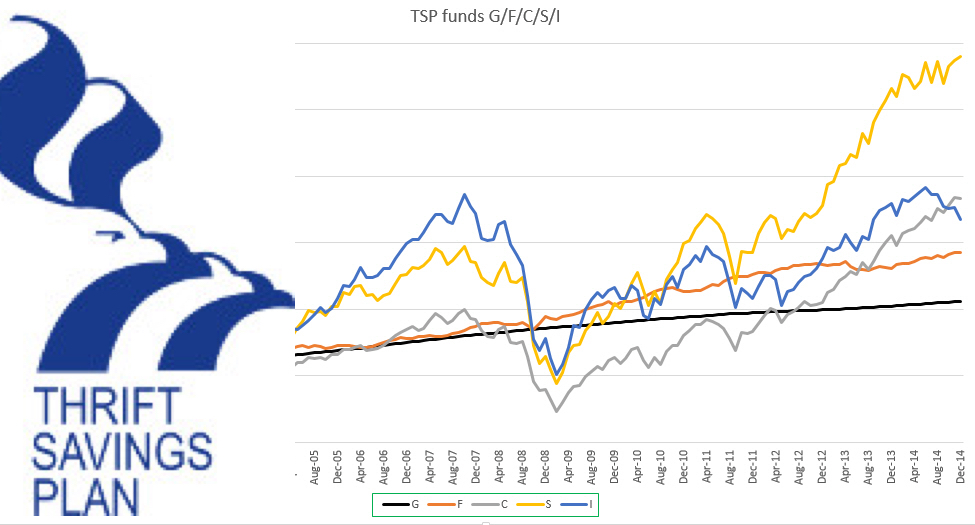The Different Rules Between A Roth IRA and A Roth TSP

There are various distinctions when it comes to withdrawals between a Roth IRA and a Roth TSP that can possibly have you paying more in penalties and taxes if you don’t know what they are. Even though both vehicles have both are designed for saving money for retirement, they have different regulations that guide them. The TSP, like other with programs such as 401(k), for example, are employer-sponsored programs. And because of this, the rules and regulations can be constrictive compared to IRAs, which are private plans for people.
Withdrawals will be taken proportionately between your Roth and traditional TSP balances, except for those that elect for specific withdrawals from one account or the other. To have your withdrawal qualify for Roth purposes, you must be at least the age of 59.5 and must have had a Roth balance in your TSP account for a minimum of 5 years. If you do not meet these requirements, the earnings part of the Roth withdrawal will be liable to income tax. Despite the TSP Modernization Act that was passed in 2017 and fully implemented in September of this year, Roth withdrawals still are seen to be coming from contributions and salary.
You are not able to have traditional or Roth balances inside the same IRA, and therefore there is no problem of equal distributions between traditional and Roth balances. There remains the question of qualified withdrawals from a Roth, and the definition of what constitutes a qualified withdrawal is the same as that used by the TSP. Any amount taken out when the withdrawals are not eligible will be subject to income tax. However, keep in mind that Roth withdrawals are not considered proportionally to come from contributions and earnings within IRAs.
If you withdraw from a Roth IRA, your withdrawal is considered as coming from your contributions, which has already been taxed on. If you take out more than the amount of what you have put in with contributions, the withdrawal from any Roth conversions that may have been made will be considered second. These conversions already have been taxed, as well. You will only have to pay tax if you withdraw the gains you made, but only if the withdrawal is not eligible. Qualified Roth withdrawals are never taxed.
Here is a clarification on how you can get a qualified withdrawal with the five year time period that is necessary. First off, the five years is considered the 1st of January from the five years of conversion or contribution. For example, if you made your first contribution in March of 2015, the five years would be met on the 1st of January, 2020. The time period does not start again with the following contributions or conversions to the Roth IRA.
Secondly, there is a different five time period rule that is only for conversions, and a 10% early withdrawal penalty is liable. Because the Thrift Savings Plan does not permit conversions, this principle applies solely to IRAs. Although it is valid that you can withdraw converted money whenever you wish without paying federal taxes as they have already been taxed, if you end up making the withdrawal before 59.5 years of age, you will have to pay the penalty if the conversion does not qualify for the five years. The five year period also does restart with every conversion made after the initial conversion.
These different rules can be mindboggling, but a good rule of thumb is to only withdraw from when you have had the Roth for a minimum of 5 years, and you are of age 59.5 or older. This way, you will avoid any taxes or early withdrawal penalties.







